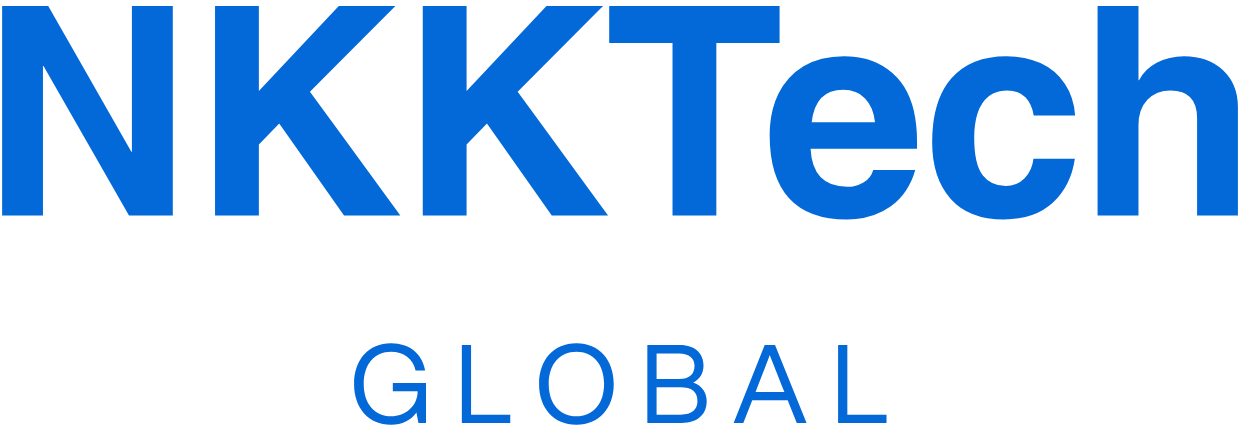Breaking Boundaries with a Strategic Software Development Outsourcing Approach
Table of Contents:
- What is Software Development Outsourcing?
- Key Benefits of Software Development Outsourcing
- Common Software Development Outsourcing Models
- Choosing the Right Software Development Outsourcing Partner
- Best Practices for Successful Software Outsourcing
What is Software Development Outsourcing?
In today’s dynamic business landscape, organizations are constantly seeking innovative solutions to remain competitive and accelerate their innovation pipeline. One of the most effective strategies that has emerged is Software Development Outsourcing. This concept refers to the practice of delegating specific software development tasks or entire projects to external service providers, typically specialized companies located in another country. This allows organizations to tap into external expertise, alleviate internal burdens, and concentrate on their core competencies. Outsourcing is not merely about offloading work; it’s a strategic partnership designed to leverage global resources to achieve business objectives. It encompasses a wide range of services, from mobile and web application development to database management and system maintenance. The decision to adopt this form of outsourcing often stems from a need to address issues such as internal skill gaps, demands for highly specialized expertise, or cost pressures.
A significant advantage of software development outsourcing is the ability to access a vast global talent pool. Instead of being limited by local labor markets, businesses can find specialists with niche skills and extensive experience from anywhere in the world. This is particularly crucial for emerging technologies or projects requiring highly specialized knowledge. Furthermore, collaborating with remote teams allows businesses to maintain significant flexibility. They can quickly scale projects up or down without the need for costly recruitment and training processes. This provides a significant competitive edge in a constantly evolving market, where agility can make the difference between success and failure. Outsourcing partners often have optimized workflows and experience handling various project types, which helps to mitigate risks and enhance efficiency.
Key Benefits of Software Development Outsourcing
Adopting a Software Development Outsourcing strategy brings numerous tangible benefits, helping businesses not only save costs but also enhance performance and competitiveness. The most evident advantage is cost efficiency. Labor and operational costs in lower-cost countries can significantly reduce overall project development expenses. This includes not just salaries but also associated costs for infrastructure, software, equipment, and employee benefits. By eliminating this burden, businesses can reallocate their financial resources to other strategic areas, such as research and development or marketing. Reduced costs do not mean reduced quality; in fact, many offshore outsourcing centers offer high-quality services at competitive prices. This is particularly appealing for startups and small businesses with limited budgets that still want access to cutting-edge technology.
Beyond cost benefits, Software Development Outsourcing also provides access to a pool of specialized technical talent. Domestic labor markets might have shortages of professionals with specific skills or the experience needed for a particular project. Outsourcing allows businesses to tap into the global talent pool, seeking top experts in fields such as AI, machine learning, blockchain, or complex mobile application development. This accelerates product development and ensures the highest technical quality. Moreover, outsourcing helps businesses focus on their core competencies. Instead of managing internal software development teams, companies can entrust this work to external experts, freeing up resources and energy to concentrate on business strategy, core product development, and brand building. This leads to an overall increase in efficiency and rapid innovation capabilities. Reducing the pressure of recruiting and managing technical personnel also helps businesses reduce management risks and focus on long-term goals. To learn more about how leading companies are applying Agile in software development, you can refer here.
Common Software Development Outsourcing Models
Choosing the right Software Development Outsourcing model is a critical factor for project success. There are three main models: Offshore, Nearshore, and Onshore, each with its own advantages and disadvantages. Offshore outsourcing (or cross-continental IT outsourcing services) involves hiring a partner in a distant country, often with significant time zone differences. The biggest advantage of this model is significantly lower costs due to differences in living costs and wages. Countries like Vietnam, India, and the Philippines are popular destinations for Offshore outsourcing due to their abundant, high-quality workforce and competitive costs. However, disadvantages can include language barriers, cultural differences, and coordination challenges due to time zones. To mitigate these risks, choosing an experienced partner with clear workflows is crucial.
Nearshore outsourcing involves collaborating with partners in a neighboring country or within the same geographical region, with similar or slightly different time zones. For example, a US company might outsource to partners in Canada or Mexico. The main benefit of Nearshore is convenience in communication and coordination due to similar time zones, and often fewer cultural barriers compared to Offshore. Costs are typically slightly higher than Offshore but still lower than in-house development. This model is ideal for projects requiring frequent interaction and close collaboration. Finally, Onshore outsourcing involves hiring a partner within the same country. While costs might be comparable to or only slightly lower than in-house development, this model offers the advantage of no language barriers, cultural differences, or time zone issues. It helps build stronger partnerships and facilitates direct meetings. The choice of model depends on factors such as budget, communication requirements, project complexity, and the company’s ability for project scalability. For an overview of the global IT outsourcing market, you can consult Statista’s report on IT outsourcing trends at Statista.com.
Choosing the Right Software Development Outsourcing Partner
Selecting the right Software Development Outsourcing partner is crucial for the success of your project. A wrong decision can lead to delays, budget overruns, and unsatisfactory products. First and foremost, consider the partner’s experience and reputation. Look for companies with a proven track record of delivering projects similar in scope and complexity. Reviews from previous clients, completed projects, and industry certifications can provide valuable insights into their capabilities. Do not hesitate to request case studies or reference contacts. Communication capability is also a key factor. Even with time zone differences, an ideal partner must be able to communicate clearly, regularly, and effectively in a common language. The use of project management tools and regular meetings is essential to maintain transparency and synchronization.
Secondly, evaluate the partner’s technical capabilities and workflow. Ensure they have a team of engineers with specialized skills relevant to your project’s technology requirements. Do they have experience with the programming languages, frameworks, and databases you need? Ask about their software development process (e.g., Agile, Scrum, Waterfall) and how they ensure quality (QA/QC). A good partner will have clear processes for quality control, risk mitigation, and data security. Thirdly, consider the pricing model and contract flexibility. Ensure that the cost structure is transparent and aligns with your budget. Some partners offer fixed-price models, while others work on an hourly basis or with dedicated development teams. The ability to flexibly scale the team or project scope is also a significant advantage. Finally, inquire about their security and compliance levels. Protecting data and intellectual property is paramount, so ensure the partner has robust security measures and complies with relevant regulations. Careful selection will help significantly reduce risks and ensure the success of your Software Development Outsourcing strategy. To learn more about Nokasoft’s services and how we can support you in your digital transformation journey, please visit our services page.
Best Practices for Successful Software Outsourcing
To achieve maximum success from a Software Development Outsourcing strategy, adopting best practices is essential. First and foremost is clearly defining the project’s scope and objectives. Before starting, ensure you have a detailed requirements document and a clear project plan. This helps avoid misunderstandings, minimizes scope creep, and ensures both parties share the same vision for the final product. A clear document will serve as the foundation for all communication and decisions throughout the development process. Establishing key performance indicators (KPIs) and milestones also helps track progress and evaluate partner performance.
Secondly, establish effective and regular communication channels. Communication is key in any partnership, especially when working with remote teams. Use project management tools like Jira, Trello, Asana, and communication tools like Slack, Microsoft Teams, Zoom to maintain daily contact. Schedule regular meetings to update progress, discuss emerging issues, and adjust plans as needed. Transparency and honesty from both sides will help build trust and resolve any potential conflicts quickly. Thirdly, adopt an Agile development methodology. Agile, with its short development cycles (sprints) and continuous feedback, helps projects adapt quickly to changes and ensures that the final product meets market needs. This is particularly useful in complex projects or those requiring continuous evolution.
Finally, view your outsourcing partner as an extension of your internal team. Build a strong partnership based on mutual trust and respect. Provide constructive feedback and be ready to offer support when needed. Active participation in the development process, even if only at a supervisory and evaluation level, will help ensure product quality and your satisfaction. By adhering to these best practices, businesses can maximize the benefits of Software Development Outsourcing, accelerate innovation, and achieve their digital transformation goals effectively. This is a strategy that not only helps reduce costs but also opens doors for innovation and sustainable long-term growth.
Software Development Outsourcing is not just a cost-cutting solution but a powerful strategy to access global talent, accelerate innovation, and optimize business operations. Harness the power of outsourcing to elevate your business to new heights of efficiency and competitiveness.
To learn more about how Nokasoft can assist you with your Software Development Outsourcing projects, please contact: contact@nkk.com.vn



